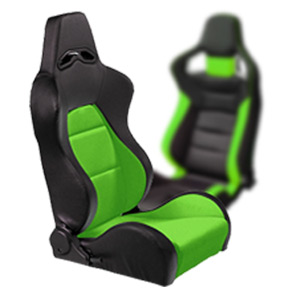push and pull throttle cable
Understanding Push and Pull Throttle Cables A Comprehensive Overview
In the realm of mechanical engineering and vehicle design, the push and pull throttle cable plays a fundamental role in controlling the performance and functionality of various engines. While often overlooked by the average user, this component is crucial for the nuanced operation of many machines, including motorcycles, cars, and other motorized vehicles. This article seeks to explore the importance, functionality, and intricacies of push and pull throttle cables.
What is a Throttle Cable?
At its core, a throttle cable is a critical link between the accelerator pedal or handlebar and the engine’s throttle body. It enables the driver or rider to communicate speed and acceleration demands to the engine. When the throttle is engaged, the cable translates this action into mechanical movement, allowing air and fuel to enter the engine, thereby controlling its power output.
Push vs. Pull Cables
Throttle cables can be categorized as either push or pull cables, each serving specific functions in the overall operation of the throttle system.
1. Pull Throttle Cables These cables are designed to pull the throttle plate open when the accelerator is engaged. The cable runs from the gas pedal or handlebar to the throttle body, creating a direct link that operates on tension. When the driver accelerates, the throttle body opens, allowing more air and fuel into the engine, resulting in increased power and speed.
2. Push Throttle Cables In contrast, push throttle cables push the throttle plate closed. This mechanism is commonly found in systems where a two-cable setup is used. When the driver releases the accelerator, the push cable ensures a controlled return to idle by pushing the throttle plate back to its closed position. This design improves responsiveness and enhances driver control, particularly in high-performance applications.
Importance of Design and Construction
The design and construction of push and pull throttle cables are critical for their reliability and performance. These cables typically consist of a steel or stainless steel inner wire housed within a protective outer casing. The choice of materials is crucial as they must endure repeated flexing and tension while resisting wear and tear from heat and environmental factors.
push and pull throttle cable

Moreover, the length and routing of the cable must be carefully considered during installation to prevent binding or excessive strain, which can lead to cable failure. Proper cable adjustment is also essential, ensuring that there’s minimal slack for optimal throttle response.
Applications and Functionality
Push and pull throttle cables are ubiquitous in various applications beyond automobiles. Motorcycles, snowmobiles, lawnmowers, and even some marine engines utilize these cables for throttle control. In each case, the goal remains the same to provide a reliable, responsive means of connecting user input to engine performance.
In motorsports, for instance, precision throttle control is vital. Performance vehicles often employ high-quality, low-friction cables to enable rapid throttle response, which can be the difference between winning and losing a race. In commercial applications, where reliability is paramount, manufacturers invest in robust cable systems that require minimal maintenance.
Maintenance and Troubleshooting
Like any mechanical component, throttle cables require regular maintenance to ensure their longevity and functionality. Users should periodically check for signs of wear, such as fraying or corrosion. Lubrication of the cable can enhance smooth operation, while proper adjustment can prevent issues such as throttle sticking or excessive play.
If a throttle cable malfunctions, it can lead to serious performance issues, including throttle sticking open or closed. In such cases, prompt inspection is necessary. A replacement might be required if the cable is damaged beyond repair.
Conclusion
The push and pull throttle cable is an often-underappreciated component that plays a pivotal role in the performance and safety of motorized vehicles. Understanding its function, design, and maintenance can help users appreciate the sophistication behind vehicle operation. Whether in daily driving or competitive racing, these cables ensure that your vehicle responds accurately to your commands, making them an essential element of modern automotive engineering.
-
Workings of Clutch Pipe and Hose SystemsNewsJun.04,2025
-
The Inner Workings of Hand Brake Cable SystemsNewsJun.04,2025
-
The Secrets of Throttle and Accelerator CablesNewsJun.04,2025
-
The Hidden Lifeline of Your Transmission Gear Shift CablesNewsJun.04,2025
-
Demystifying Gear Cables and Shift LinkagesNewsJun.04,2025
-
Decoding Clutch Line Systems A Comprehensive GuideNewsJun.04,2025
